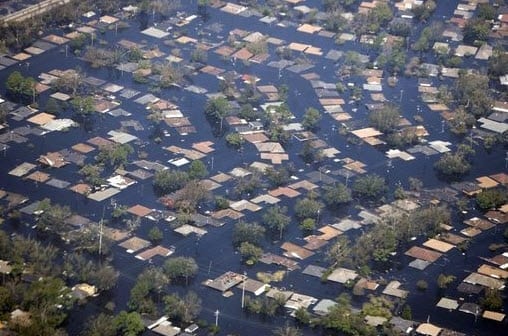Welcome to Curtis Cove, Biddeford, Maine:
I discovered this place in December 2010. It's at the end of a long, winding, wonderful seashore drive that wends past salt marshes and beautiful homes. The road grows more & more narrow and rustic -- and isolated. Then, rounding a sharp corner bordered by a rip-rap seawall and thick brambles, it ends abruptly at a private dirt access road (the arrow below).
When I got to the end, I hopped out for a look. The cove was private, so I didn't stay long. It should have been a little slice of heaven. An untouched secret shore with rocky headlands at its front, a salt marsh & tidal estuary at its rear. But what I saw shocked me. The entire beach was littered in garbage. Rope, old cups, a balloon, innumerable lobster trap parts, unidentifiable but long-suffering plastic scraps, a tire.
This private, untouristed, unknown cove was a dump -- a huge collection spot for ocean-borne garbage. I took some pictures, and left heavy-hearted.
Fast-forward to Fall 2011, when I came across amazing news. The family that owned the whole 97-acre peninsula was selling. To a group of conservation organizations. One of the last undeveloped coastal gems in southern Maine was going to be preserved forever! And I just might have a chance to get back onto Curtis Cove to have a real look.
In the end, the peninsula, "Timber Point," came into the hands of the Rachel Carson National Wildlife Refuge. I met with the refuge management, discussed my flotsam work with them, and suggested that Curtis Cove would be an ideal spot to see -- really see -- what's out there in the Gulf of Maine. And happily they agreed! Within weeks my permits had been signed & granted.
I was in!
On January 1, 2012, I visited Curtis Cove for the first time as a licensed Flotsam Diarist. I scouted the land and decided on a plan of attack for studying the beach. With the heavy influx of flotsam, I decided to focus on a 150-foot wedge of shoreline along the northern part of the cove. And I got to work. Thanks to a ridiculously mild winter, I was able to spend January and half of February cleaning off the age-old debris, finally getting to a clean "baseline" on February 22.
Since then, I've been returning weekly to scour the same 150-foot stretch of beach and see what's come in.
The results have been gobsmacking.
This is 1325 feet of fishing rope. More than 1/4 mile of rope, 757 individual pieces, washed in between February 29 and May 17. And it shows no signs of stopping, or slowing.
But far beyond just rope is the assortment of other debris, almost all plastic. A few examples. February 29:
Or March 7:
Or March 13:
Or the huge shocker, March 30:
On March 30 alone I collected 526 pieces of garbage -- 398 of them were little scraps of vinyl coating torn from derelict & rusting lobster traps. At least half a million derelict traps now rest on the floor of the Gulf of Maine. Each trap will release over a thousand of these vinyl scraps by the time it's done disintegrating. They don't go away.
Curtis Cove has always been a natural collection point of ocean debris. Seaweed still washes in two feet thick if the weather's right. As it decays (the nose won't miss this), it pours an amazing amount of nutrients back into the soil and the water. This rich environment supports wonderful tide pools, choc-a-bloc with life and diversity.
 |
| A nudibranch -- a shell-less snail |
 |
| A gunnel, or "rock eel" |
And when you see a gorgeous tide pool littered with modern junk:
...that's when you realize that the special places in the world are under assault. From our plastic lifestyle. And that this has to change. Curtis Cove is now a wildlife refuge. A place protected from the modern world. But there is no protection from what the modern world has dumped into the sea.
It's not really possible to overstate how badly the Gulf of Maine is being abused by persistent plastic garbage. But now that I have Curtis Cove to visit week after week, it is possible to shine a bright & searing light on it.































